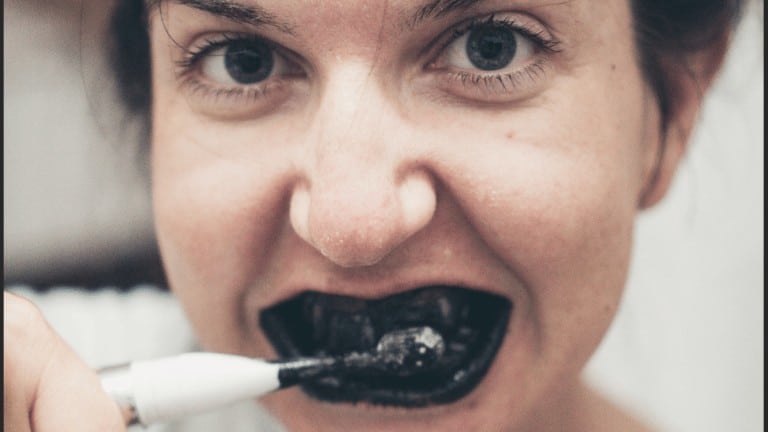Hey loved ones! Today I have an article for you from the natural care series, about what microplastics in cosmetics are, what their INCI names are and why they should be avoided for the good of our skin and the environment. Please read my short post!
Microplastics – what are their names in cosmetics?
Microplastics are very small pieces of plastic that are less than 5 mm in diameter. It can be found in a variety of products, including cosmetics, where it is used for a variety of purposes. In cosmetics, it may have different names on product labels, making identification difficult for consumers. Here are some of the potential names for plastic in cosmetics:
- Polyethylene (polyethylene)
- Polypropylene (polypropylene)
- Polyethylene terephthalate
- Polymethyl methacrylate (polymethyl methacrylate)
- Nylon (nylon), Nylon-12, Nylon-6, Nylon-66, Polyamide
- Polyurethane (polyurethane)
- Acrylates copolymer (acrylic copolymer)
- Polystyrene (polystyrene)
- Polyester, Polyester-1, Polyester-11
- Polyurethane, Polyurethane-2, Polyurethane-14, Polyurethane-35, Polyimide, Polyimide-1
- Acrylates Crosspolymer, Allyl Methacrlates Crosspolymer, Acrylates/C10-30 Alkyl, Acrylate Crosspolymer
- Polyquaternium-7

How does microplastics affect skin care?
In cosmetics, it is used in various products such as scrubs, face and body scrubs, and toothpaste to provide an exfoliating and smoothing effect on the skin or to remove impurities. However, using products containing plastic can have both positive and negative effects on your skin care. Here are some things to consider:
Microplastics are used in beauty products for several reasons:
- Exfoliating effect: Microplastics have exfoliating properties, which means they can help gently remove dead skin and impurities from the skin’s surface. As a result, the skin may appear smoother, softer and radiant.
- Smoothing skin texture: Microplastics are used in some cosmetics, such as facial scrubs, to smooth skin texture and reduce the appearance of imperfections such as fine wrinkles and discoloration.
- Remove impurities: Skin cleansers with microplastics can help gently remove impurities, excess oil and makeup. Thanks to this, the skin can remain clean and fresh.
- Highlighting the cosmetic effect: Microplastics can be used in cosmetics such as lip glosses and eye shadows to give them a shiny or pearly effect that attracts attention.
- Perfecting product application: In some products, such as makeup, microplastics can help distribute the product evenly on the skin and keep the makeup lasting.
Negative aspects:
- Irritation and damage: Exfoliation products may have sharp edges, which can lead to skin irritation and damage, especially if used excessively and aggressively.
- Harmful to the environment: Products should not be flushed down the drain because they may end up in the aquatic environment and pose a threat to ecosystems.
- Alternatives: There are alternatives to products containing microplastics, such as products based on natural exfoliants, for example products based on fine exfoliating grains ground from nuts, sugar, sea salt or coffee.

Related: DIY deodorant without aluminum eco | the simplest and effective
Microplastics – is it harmful in cosmetics?
Microplastics in cosmetics are considered harmful both to the environment and potentially to human health for several reasons:
- Harm to the environment: in cosmetics, it may end up in aquatic environments such as rivers, lakes and oceans. Small microplastic particles are difficult to capture and often end up as water pollutants. These microplastics are difficult to identify and remove, leading to water pollution and potential impacts on aquatic ecosystems.
- Hazard to aquatic organisms: may be consumed by aquatic organisms such as fish and crustaceans. As a result, microplastics can pass through the food chain, which has a negative impact on the health of these organisms. There is evidence that it can accumulate in bodies and lead to health damage.
- Potential risk to human health: While there is not yet full evidence that it is harmful to human health in cosmetics, there are concerns that microplastics may penetrate the skin or be ingested during cosmetic application. These particles can enter the body and potentially affect health. Research on this issue is still being conducted.
To sum up:
Using cosmetics containing microplastics can have both benefits and risks for your skin care. It is worth reading the ingredients of products carefully and choosing those that are suitable for your skin type and preferences, and at the same time pay attention to environmentally friendly products. Due to these concerns and the negative impact on the environment, many countries and organizations are introducing regulations and restrictions on the use of microplastics in cosmetics. Therefore, it is worth being a conscious consumer and trying to avoid cosmetics containing microplastics, choosing products described as “microplastic-free” or “microplastic-free” and supporting companies that care about an ecological approach to the production of cosmetics.



